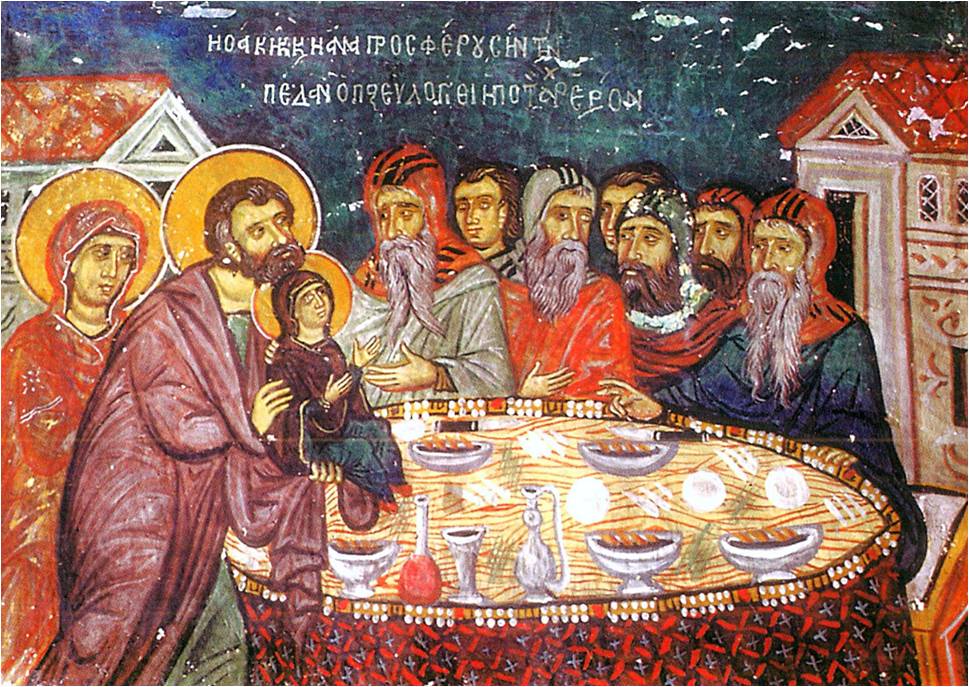Name - Origin
Τσουκνίθα. It is plentiful in Cyprus during the months of January to April.
Scientific name: Urtica pulifera.
They used to cook young nettle plants (in place of spinach) with meat from January to April, or to fry them with eggs. If a child was pale, his mother would prepare a nettle soup in which she would add bulgur wheat and some pork fat to make it more tasty (Kantzilaris, 2007 pp. 266, 651).
Functional and symbolic role
Pharmaceutical and therapeutic properties: Nettle contains vitamin K, provitamin A, formic acid, gallic acid, tanning substances, mineral salts, potassium, calcium, silicon, chlorine, copper, nitrogen, sodium, iron, manganese, etc. It has tonic, dialysing, healing, haemostatic, diuretic, septic, analgesic, stimulating and haemodialytic properties. It stimulates the circulation system, the hair and even assists in cancer cases. It is an excellent antianemic and tonic for the body (Kantzilaris, 2007 p. 266).
Additional information and bibliography
Nettles grow in very dense groups in empty spaces. They have remarkable results in treating haemoptysis and other types of bleeding of the lungs and stomach. They are effective in fortifying the body with iron. Nettle is, today, a raw material in the manufacturing of medicines related to fortifying the body with iron (Kantzilaris, 2007 p.651).
Kantzilaris G. (2007) Το Καϊμακλί μέσα από το πέρασμα του χρόνου. Publication of the new coop of Kaimakli, Nicosia.
Eleni Christou
